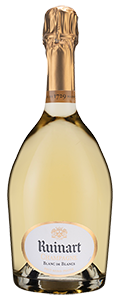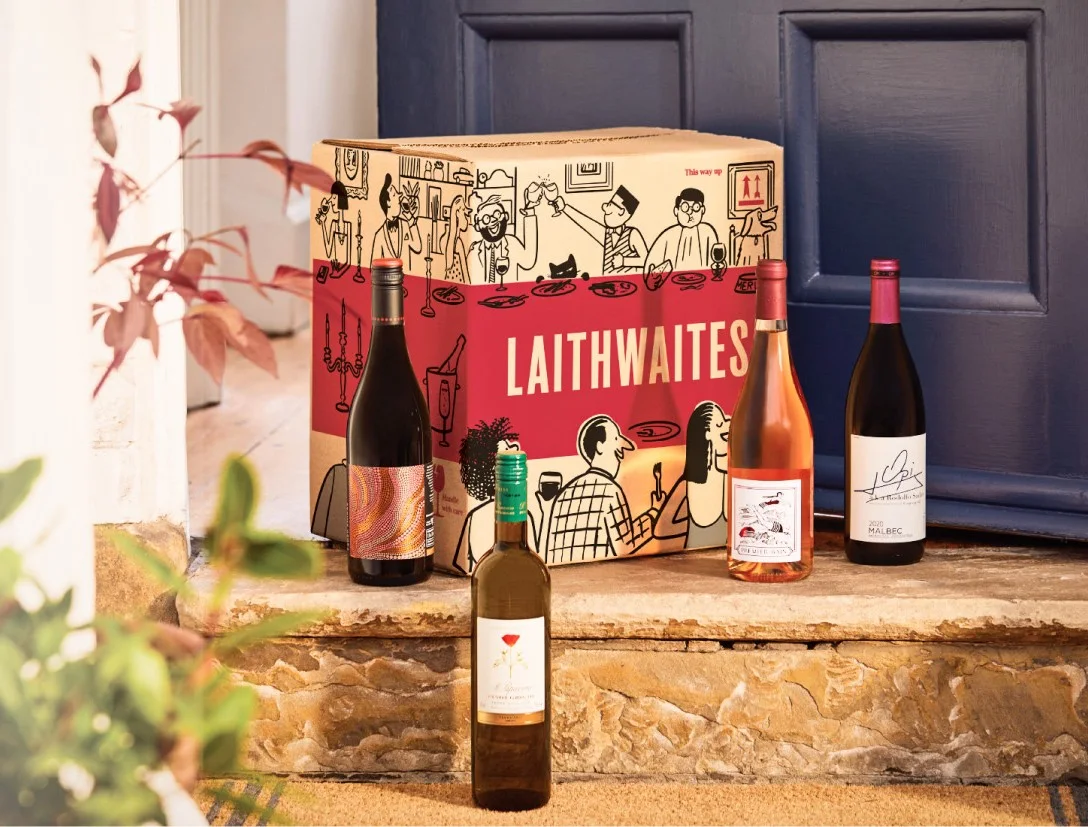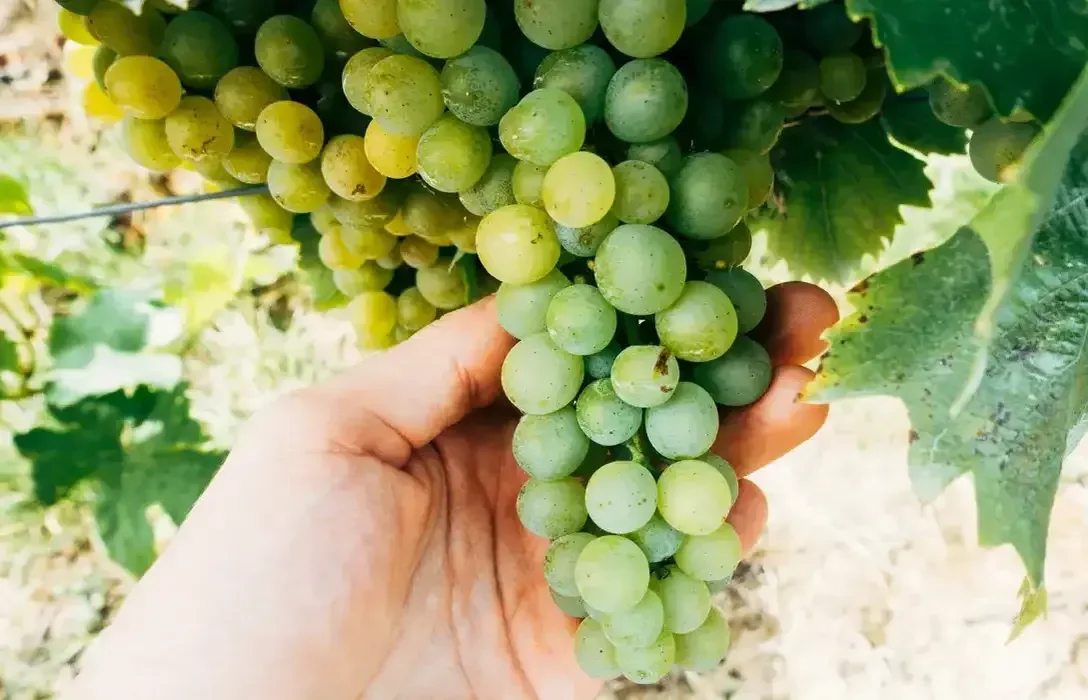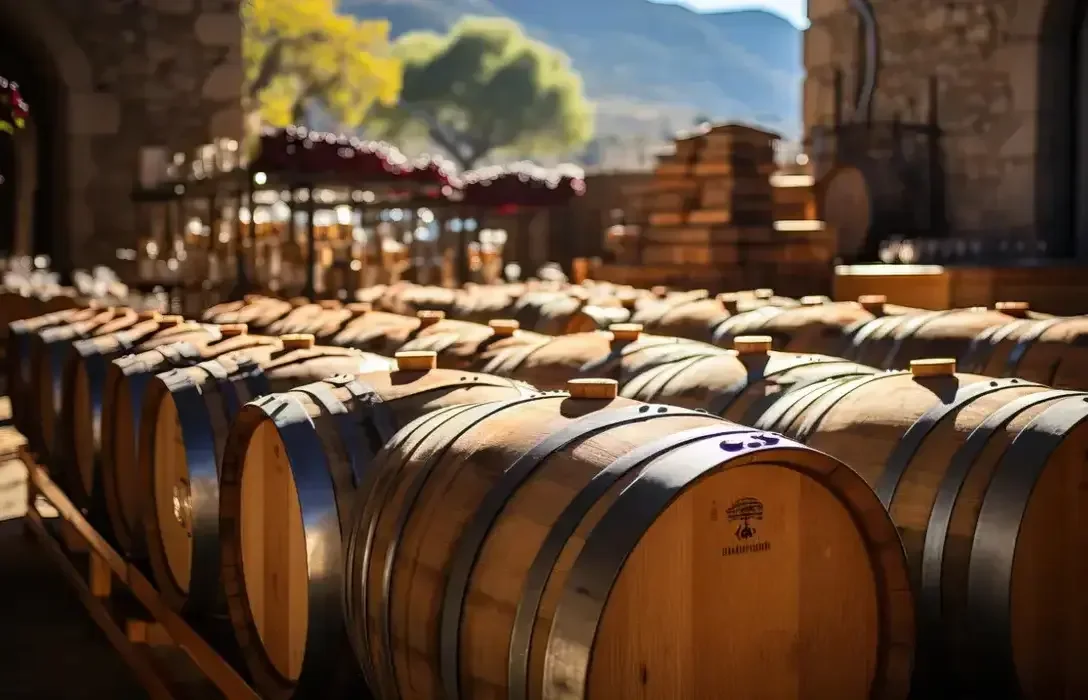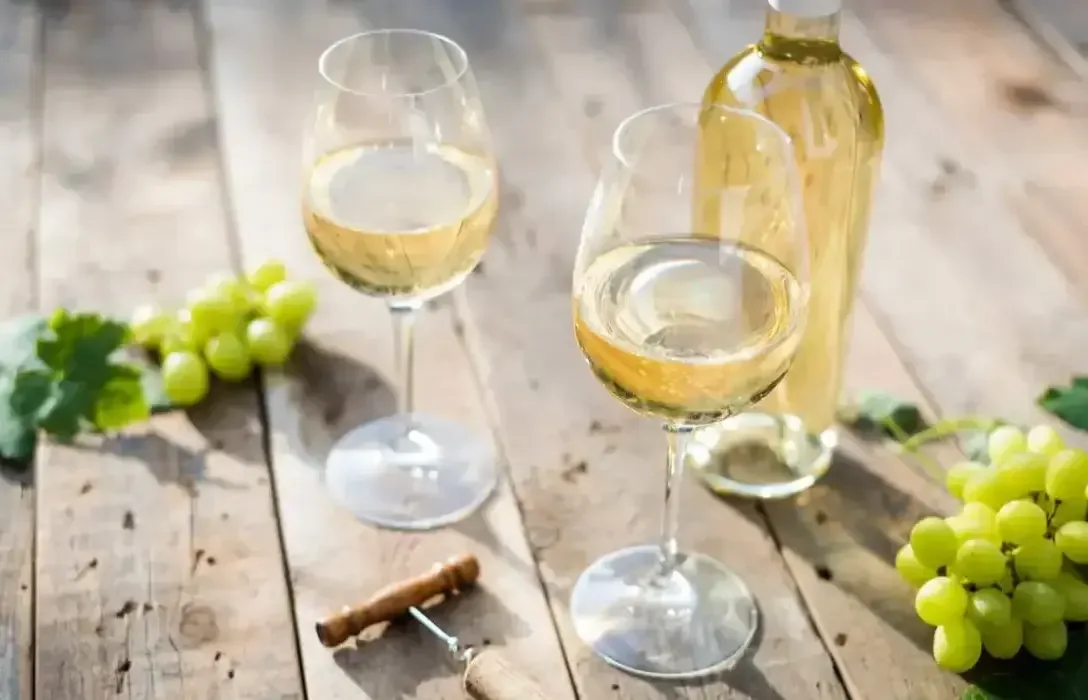Filter by
- Superb old-vine Chablis from a fine family estate – racy, with delicate fruit, poise and roundess£19.99 per bottleSAVE £3.01
- Supremely elegant Blanc de Blancs from the most historic Grande Marque Champagne house£86.00 per bottle
- Premier Cru quality at a village price. Intensely flavoured Chablis with hints of peach£45.00 per bottle
- Premier Cru quality at a village price. Intensely flavoured Chablis with hints of peach and hay£17.99 per bottleSAVE £2.00
- Fruity and fresh Chilean Chardonnay from the 'Don' – one of our oldest friends in Chile£9.99 per bottleSAVE £1.00
- Full-on Chardonnay with lovely balancing freshness from crowd-pleasing maestro Andrew McPherson£9.99 per bottleSAVE £3.00
- Elegant, citrusy Chardonnay from the Mâconnais – a rare white Burgundy bargain£12.99 per bottleSAVE £2.00
- Bright fruit Burgundy with a citrus edge from one of the region’s most decorated producers£12.99 per bottleSAVE £2.00
- Classic, estate-grown Chablis with finesse and old-vine intensity from the excellent Dampt estate£22.00 per bottle
- Cracking RedHeads creation from cool-climate Coonawarra – crisp, fruit-filled Chardie that rocks!£9.99 per bottleSAVE £6.00
- Classic, estate-grown Petit Chablis with old-vine, honeyed lemon intensity and mineral freshness£19.99 per bottle
- Delicious, top-vintage, mineral-fresh Chablis from one of the region’s most decorated producers£21.00 per bottle
- Handcrafted, mineral-fresh Chardonnay with a touch of oak, from the Cape’s premium coastal vineyards£19.00 per bottle
- Creamy, citrus-fresh Chardonnay with superb ripeness and zip, from one of NZ’s top wine families£13.99 per bottleSAVE £4.00
- From cool-climate Coonawarra comes this cracking RedHeads creation – a crisp and citrusy Chardonnay£10.99 per bottleSAVE £5.00
- Super-fresh, gently-oaked Oz Chardonnay from the masters of the style£9.99 per bottleSAVE £3.00
- A peachy-fresh, citrusy Chardonay from Chile's premium coastal-cooled Limari and a top winery£13.99 per bottleSAVE £3.00
- Fine English fizz made from pure Chardonnay, from a top estate that has won 26 Trophies so far£30.00 per bottleSAVE £5.00
- Superb old-vine Petit Chablis from a fine family estate – racy, with delicate fruit and poise£19.99 per bottle
- Delicious, mineral-fresh Chablis from one of the region’s most decorated producers£21.00 per bottle
- Rich yet refined white Burgundy from a renowned domainefrom £46.00 per bottleSAVE UP TO £14.00
- Specially made for us by the super-talented Vincent Prunier, a top-vintage, classic white Burgundy£23.00 per bottle
- From South Australia's cool-climate Adelaide Hills, a crisp, apple-fresh Chardonnay£23.00 per bottleSAVE £3.00
- Classic, estate-grown Chablis with finesse and old-vine intensity from the excellent Dampt estate£22.00 per bottle



